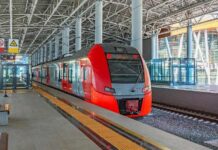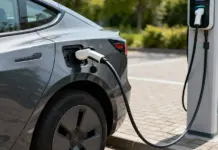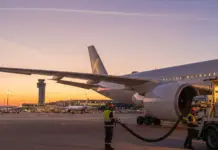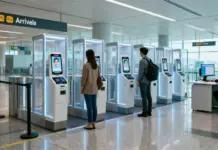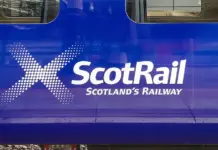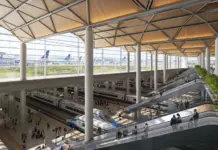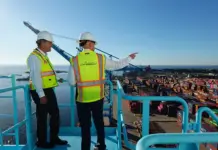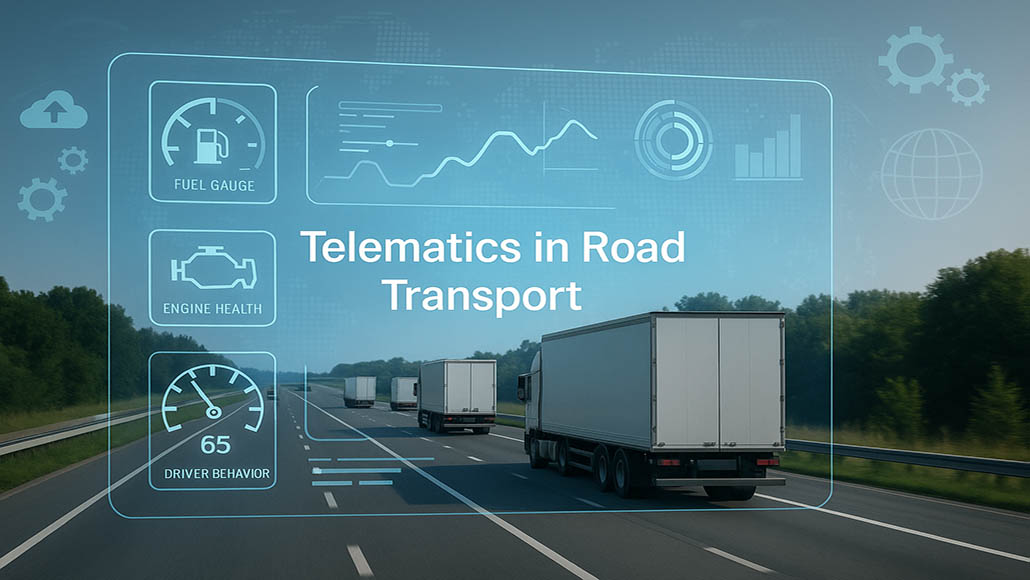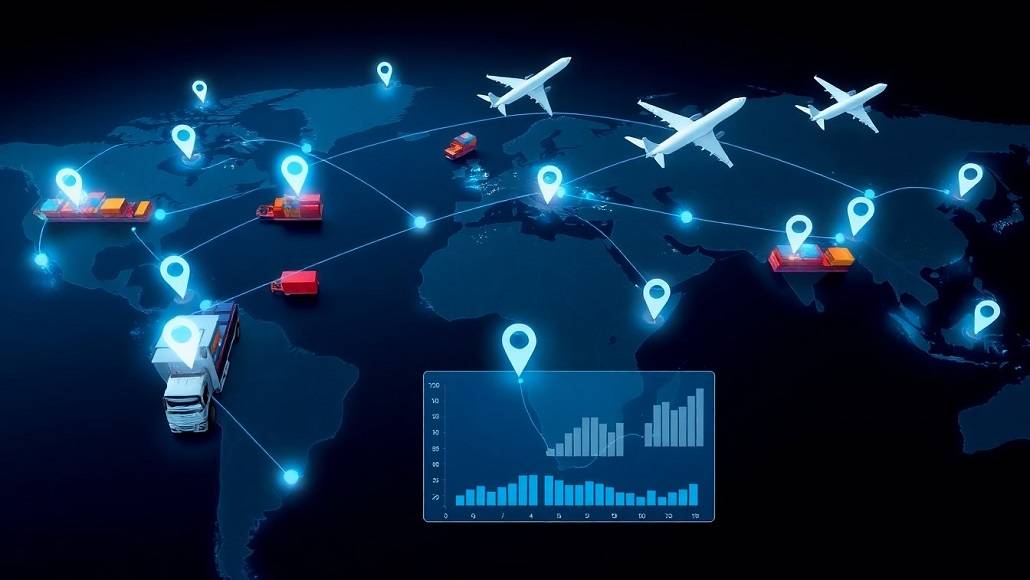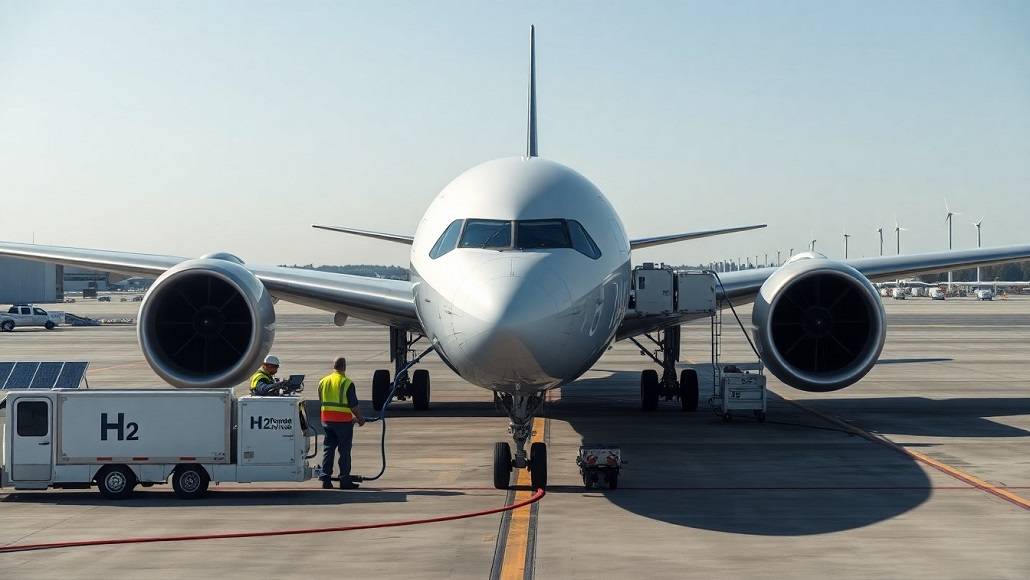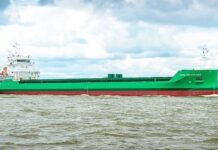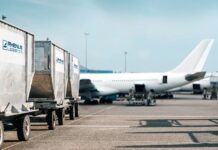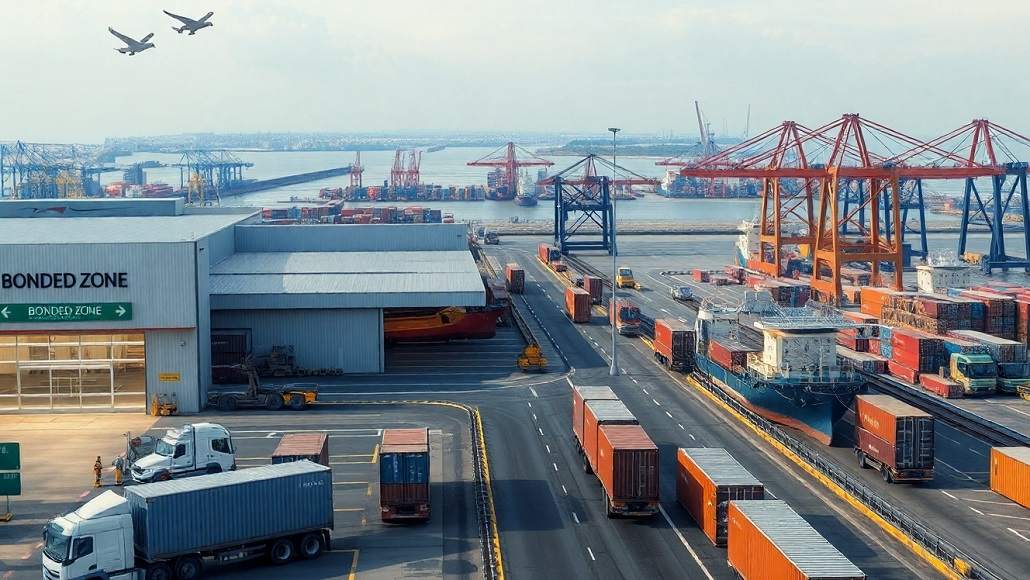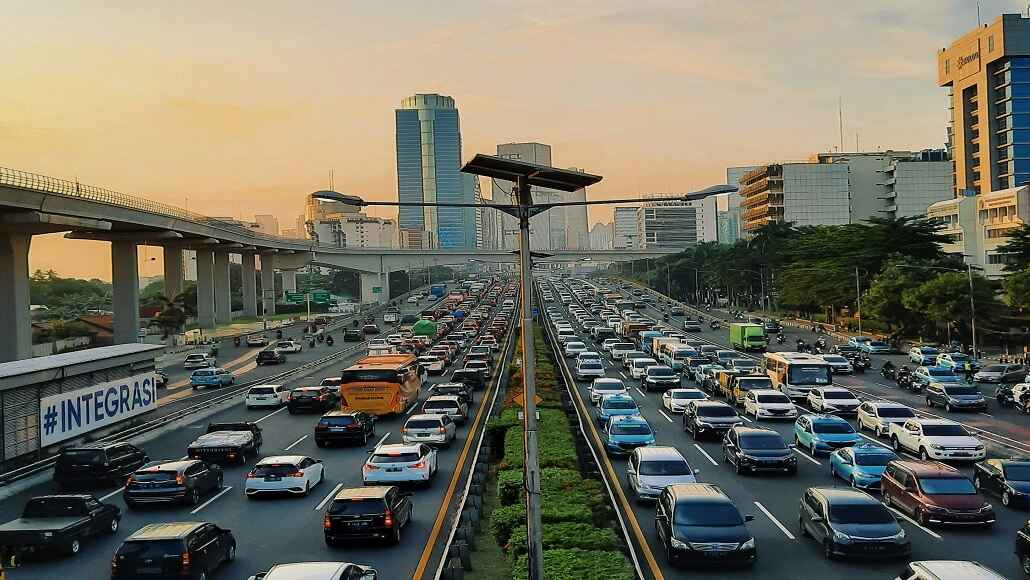America’s freight railroads serve nearly every industrial, wholesale, retail and resource-based sector of the economy, driving commerce by safely, efficiently and affordably connecting businesses, goods and people.
From everyday items as basic as the shingles atop millions of homes to the cars we drive, to massive equipment like the steel beams supporting our largest skyscrapers or the wind turbines powering communities, our industrial nation would not be possible without a transportation network that is built to carry the load. Indeed, railroads are a key part of an overall shipping landscape that works seamlessly together to move a mountain of goods.
That’s why the industry is eager to work with a new administrationand Congress to help advance sound policies that will spur economic growth, support quality jobs and further cement the United States as a global leader. Lawmakers on both sides of the aisle agree this must be the primary focus in policymaking and freight rail will be a key part of the equation.
The freight rail industry recognizes that to achieve these goals, leaders in Washington must advance policies that extend well beyond railroads. We hope they will move quickly on five key issues: pro-business tax reform, a review and reform of the broken regulatory system, wise and equitable investment in public infrastructure, an innovative and comprehensive energy plan and an embracement of fair and open trade. Just as our industry has presented these issues to current and future elected leaders, I will explain them here.
Tax Reform
We need a simpler and fairer tax code, reducing the business rate to a globally competitive level to broaden the tax base, enhance U.S. economic development, promote growth and reduce debt. “[O]ur corporate tax rate must become competitive again,†Senator Ron Wyden (D-Ore.) said in 2016.
Policymakers across the ideological spectrum should work together to simplify our tax code, close loopholes that pick winners and losers, increase transparency and put all expenditures on the table to create agreement and keep American companies at home. Tax reform was bipartisan in 1986 when it was last comprehensively tackled and it can be again in 2017, particularly as those most involved with the process repeatedly say it is not only needed but will move quickly.
Regulatory Reform and Freeze
New rules should be empirically driven, supported by cost-benefit analysis and geared towards today’s innovation economy. Too often government makes rules in a vacuum and without an eye toward the future. Assessment of the cumulative impact of proposed regulation on industry must be part of every rulemaking. Rules can become quickly outdated when reacting to the issue of the day, which can sometimes compel overreaction. We must make the process more transparent and collaborative,reduce the estimated $2 trillion compliance cost paid by industry and hold elected officials accountable in the decision-making process.
Freight rail is calling on the U.S. Surface Transportation Board (STB)to suspend all major rulemaking efforts until the new administration is in place and has appointed and confirmed a full five-person board.
Such a pause is in line with Donald Trump’s call for a temporary moratorium on all new regulation and a full review of both proposed and existing rules, as well as the process in which rules are made.
The call for a freeze is also consistent with the same principles that led Henry Waxman and John Rockefeller, then leaders of the House and Senate Commerce Committees, respectively, to call upon the Federal Communications Commission in 2008 to halt any complex and controversial items until the Obama administration took office.
Infrastructure Investment
As part of their blueprint to create jobs and revive the economy, the Trump administration and new Congress are considering pairing tax reform with public infrastructure development. Such action could help remedy a highway system the American Society of Civil Engineers rate a “D†and estimate needs $170 billion in annual investment to begin getting a passing grade, according to the Federal Highway Administration.
The effort is admirable, but it doesn’t address the elephant in the room: sustainable funding for the Highway Trust Fund.
When discussing the need to overhaul and reinvest in public infrastructure, elected officials should institute a system that eliminates the practice of transferring money from the general fund to the Highway Trust Fund. Policies should require highway users, such as trucks, to pay for their fair use and wear and tear of infrastructure and put in place sustainable and realistic plans that will improve transportation and create jobs.
The gas tax as we know it today is no longer sustainable for two reasons in particular: 1) the gas tax has not increased in more than 20 years and 2) automobiles are more fuel efficient now than in previous years. Therefore, the current system erodes the user-pay principle underlying the Highway Trust Fund.
So we should transition to a truly equitable system such as a weight distance fee. As a whole, policymakers should aggressively update our crumbling infrastructure and seek to emulate privately owned freight rail, which understands that deferred maintenance is not an option.
Comprehensive Energy Plan
We must embrace the innovation that led to the American energy revolution, helping our country move closer to energy independence. No single form of energy will deliver for any one community, so we must truly embrace traditional resources such as coal, ethanol, crude and natural gas, as well as alternative sources like wind and solar. All can power communities, create jobs and must be a part of the energy portfolio. We need an energy plan that enables local solutions that keep costs down and job gains up.
Fair and Open Trade
Fair and open trade helps small and large businesses alike reach new markets, diversifies the inventory of available goods and fosters the competition that undergirds American capitalism. Efficiencies and productivity gains have reduced the U.S. manufacturing work force; but today, one in four manufacturing jobs depends on exporting goods, and according to the U.S. Chamber of Commerce, factories have nearly doubled output over the last 20 years. Trade today supports 40 million quality U.S. jobs. We must ensure that current and future agreements are fair and put American workers first, but we must not turn our backs on the free trade agreements that have brought prosperity to American workers and helped American businesses grow.
Stopping Railroad Reregulation
The freight rail industry will make it clear that it is a critical component of our national infrastructure. Freight railroads generated $274 billion in economic activity in 2014 alone while supporting almost 1.5 million jobs throughout the country. This success is largely fueled by freight railroads’ private investment of more than $600 billion – $30 billion in 2015 – into the nation’s network since the industry was partially deregulated in 1980.
But we will also make it clear that to ensure this continues, we must stop baseless regulatory efforts at the STB while overhauling the system that produced uninformed policies.The STB has recently proposed a series of regulations that would undermine the ability of our country’s freight railroads to efficiently operate in the manner upon which all Americans rely.
One rule would require railroads to open up their lines to competitors, introducing a radical approach that would force carriers to turn over their tracks to other railroads without any showing of competitive abuse.Under the proposed system, Railroad One gets access to Railroad Two’s customer because the government forces Railroad Two to provide that access across its lines.
Because switching operations on a track from one railroad to the next requires extensive work – a switch of one rail car requires six steps to occur – widespread forced switching would significantly compromise the efficiency of the nation’s rail network. It would create unnecessary movements of rail cars in yards and slow the overall movement of goods. This “forced access†proposal did not even analyze its potential operational or economic impacts, and embodies a troubling trend where data do not guide government decisions.
To sustain the freight railroad industry’s role as a crucial player in the national economy, as well as regional economies, sensible and smart economic regulations must remain in place.Washington has a chance to be a positive force of change next year. Freight rail is primed to be a part of the action.
Edward R. Hamberger
Since 1998, Ed Hamberger has served as president and chief executive officer of the Association of American Railroads (AAR).With more than forty years of combined experience in private legal practice and the legislative and executive branches of the United States government, Hamberger, considered one of Washington’s most-effective transportation policy advocates, works with member railroads to ensure the continued viability of America’s railroad industry.
Hamberger began his career in transportation as general counsel of the National Transportation Policy Study Commission.Hamberger has also served as a member of the Presidential Commission on Intermodal Transportation.
Most recently, he served on the Blue Ribbon Panel of Transportation Experts, after being appointed by the National Surface Transportation Policy and Revenue Study Commission.
About the AAR
The Association of American Railroads (AAR) is the world’s leading railroad policy, research, standard setting, and technology organization that focuses on the safety and productivity of the U.S. freight rail industry. The AAR is committed to ensuring that America’s freight railroads operate the safest, most efficient, cost-effective, and environmentally sound freight transportation system in the world.



